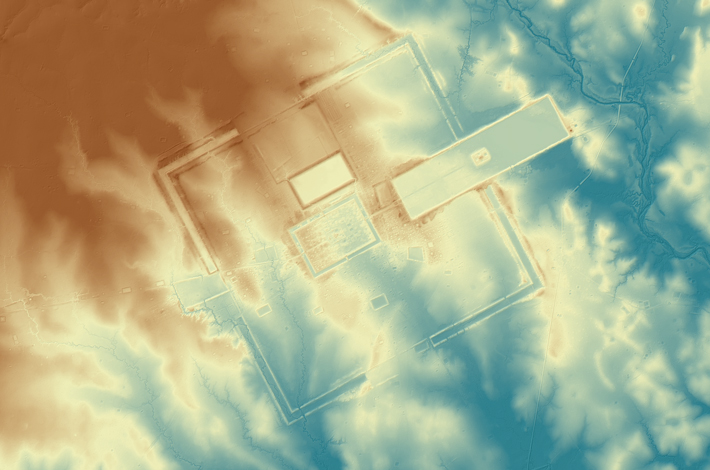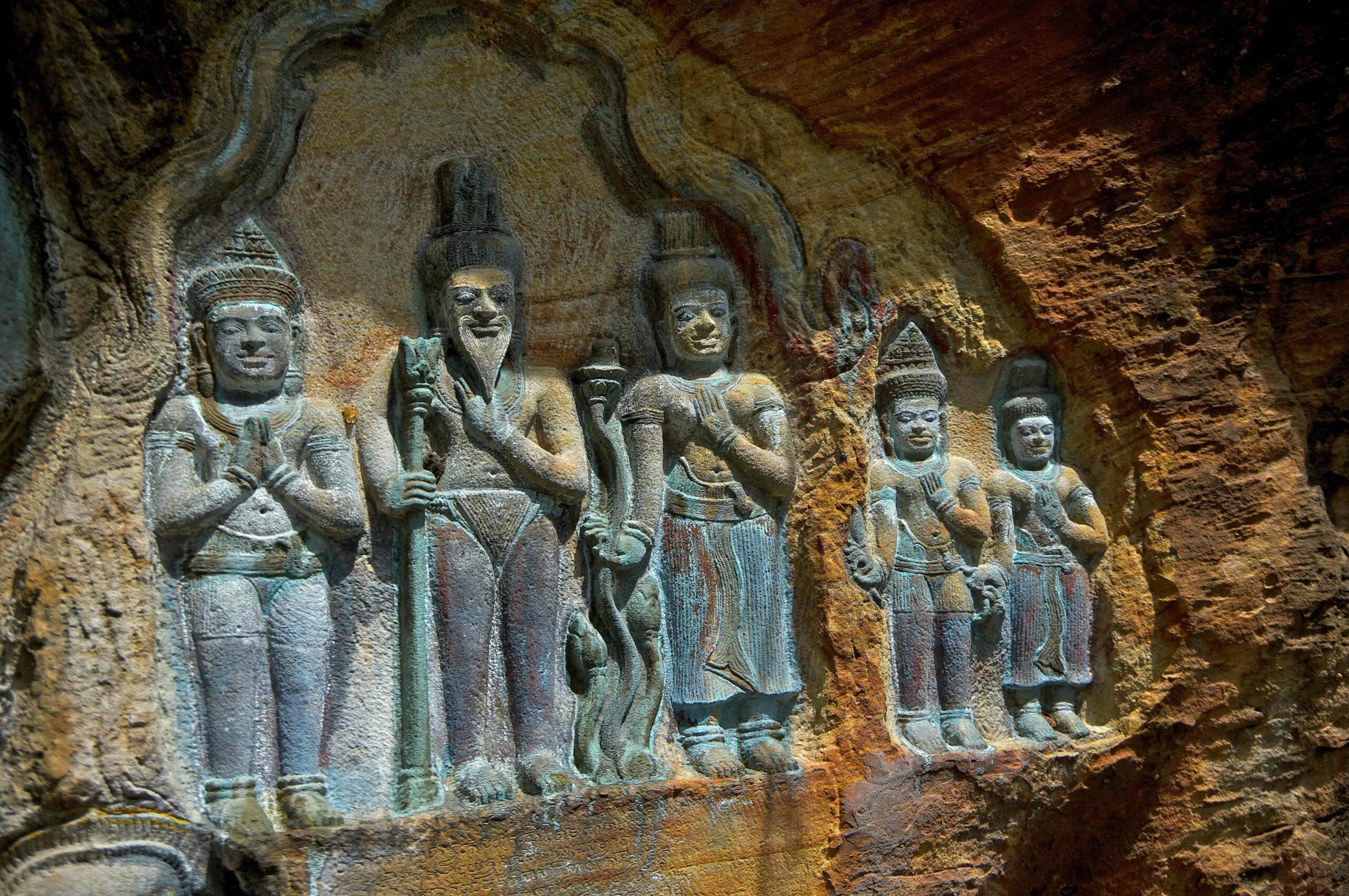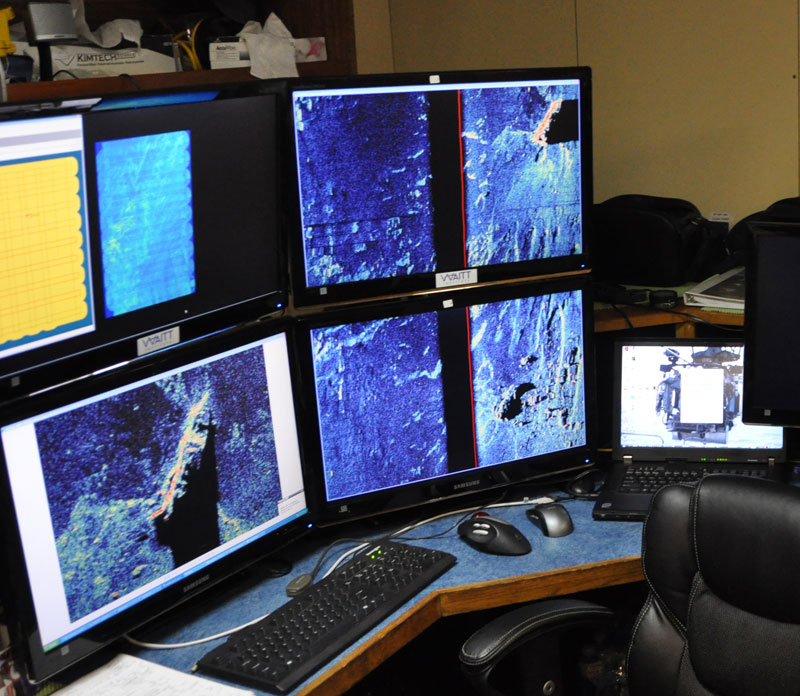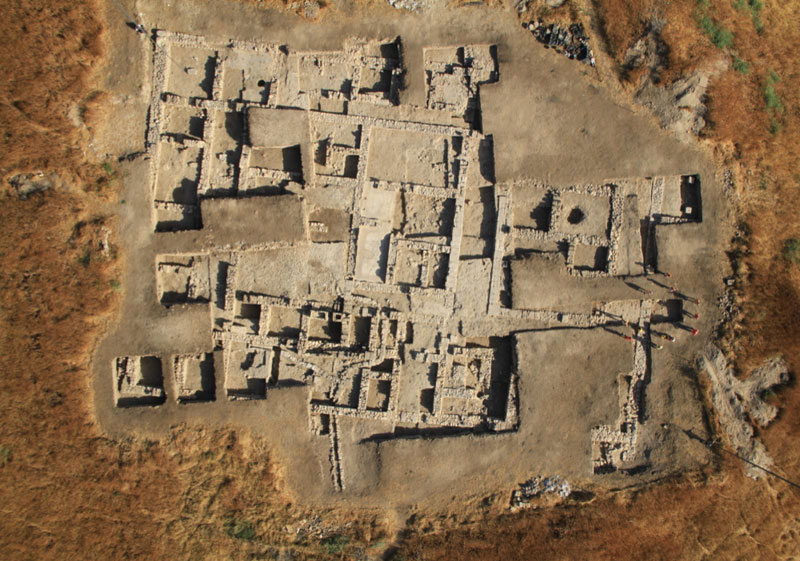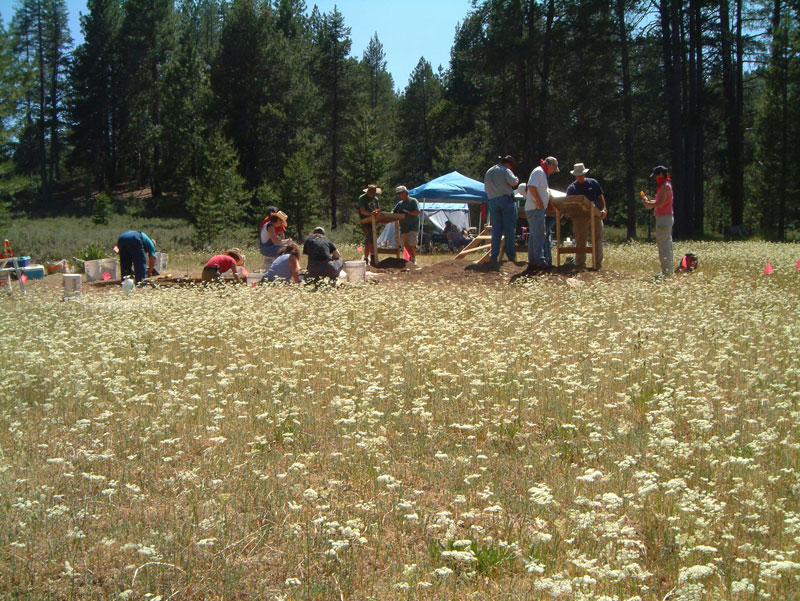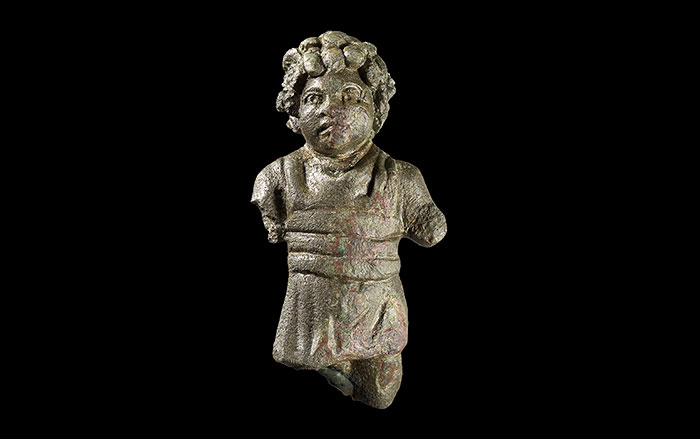

Angkor Wat, the seat of the powerful Khmer Empire from the ninth to fifteenth centuries, is famous for its haunting ruins situated in Cambodia's dense jungle. The enigmatic nature of the empire's collapse has inspired researchers to dig deep into Angkor's remains for new insights. In its heyday, Angkor relied on an intricate engineered system of canals, moats, embankments, and reservoirs. The largest reservoir, the West Baray, has recently provided a clearer understanding of the decline of the city. According to a study in Proceedings of the National Academy of Sciences, a sediment core taken from the West Baray reveals evidence of an extended drought in the fourteenth and fifteenth centuries.
"We see that water levels from the Baray dropped. We also see sediments in the region being more weathered during Angkorian times due to people using the land for intensive agriculture," says Mary-Beth Day of Cambridge University, lead author of the study.
It is believed that Angkor, already suffering from deforestation and conflict with other kingdoms, overtaxed its hydraulic system, which increased the effects of the drought and precipitated the city's decline. The study concludes that the Khmer water management system is an example of a sophisticated technology that failed in the face of extreme environmental conditions.


